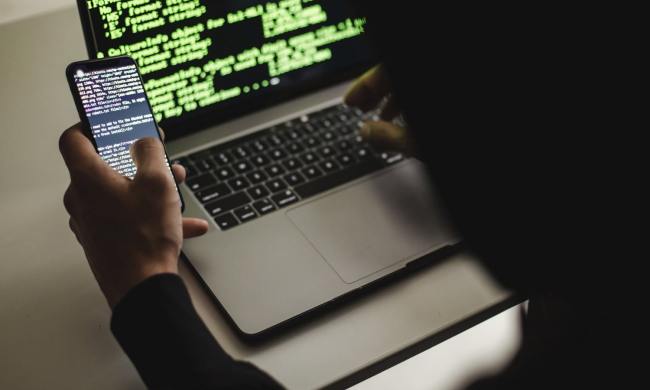In the boring old days, our smartphone cameras just took pictures. Then they started letting us confirm our identity, through tools like Apple’s Face ID. Soon, they could help track your alertness as well.
At least, that’s the basis for a new research project coming out of Cornell University. Researchers there have developed a tool which uses a smartphone camera to keep tabs on alertness at work — by measuring the size of your pupils each time you unlock your phone. It can do this because people’s pupils change size over the course of the day. When individuals are alert, the sympathetic nervous system makes their pupils dilate in order that they can take in information more easily. When they’re tired, the parasympathetic nervous system causes the pupils to contract. Since all of us look at our phones at work (don’t pretend this doesn’t include you!), developing an alertness measurement tool for this device makes perfect sense.
“The goal of this technology is to explore a new way in which we can measure people’s level of alertness in an unobtrusiveness and naturalistic way, in particular at the moments when people interact with their mobile devices,” Vincent Tseng, a Ph.D. student in Cornell’s Department of Information Science, told Digital Trends. “Essentially, the app takes a burst of images when people unlock their phone. [It additionally] collects other passive sensor data that also affect people’s alertness or pupil size, such as environmental light intensity. With all these passively collected sensor data, the application uses machine learning to predict how alert the user is, [which helps reveal their] reaction time.”
Sure, the idea of your boss receiving a notification to say your work smartphone has revealed that you’re not paying attention is kind of dystopian. But there are potential applications for this technology that would be genuinely helpful — and maybe even life-saving. For instance, clinicians typically look at devices (hopefully not their personal smartphones) during surgery. A front-facing camera on these devices could help track their alertness throughout procedures, which can take multiple hours to complete in some cases. Should the app detect a surgeon’s level of alertness to be plummeting, it could trigger an intervention that lets another person step in or the operator to take a short break.
“Our ultimate goal is to better understand how our productivity and performance fluctuate throughout the day,” Tseng continued. “By knowing how … different processes change throughout the day, we may have a better picture of when are the optimal times for us to focus and accomplish important tasks.”
A paper describing this project was recently presented at the International Conference on Human-Computer Interaction with Mobile Devices and Services.


